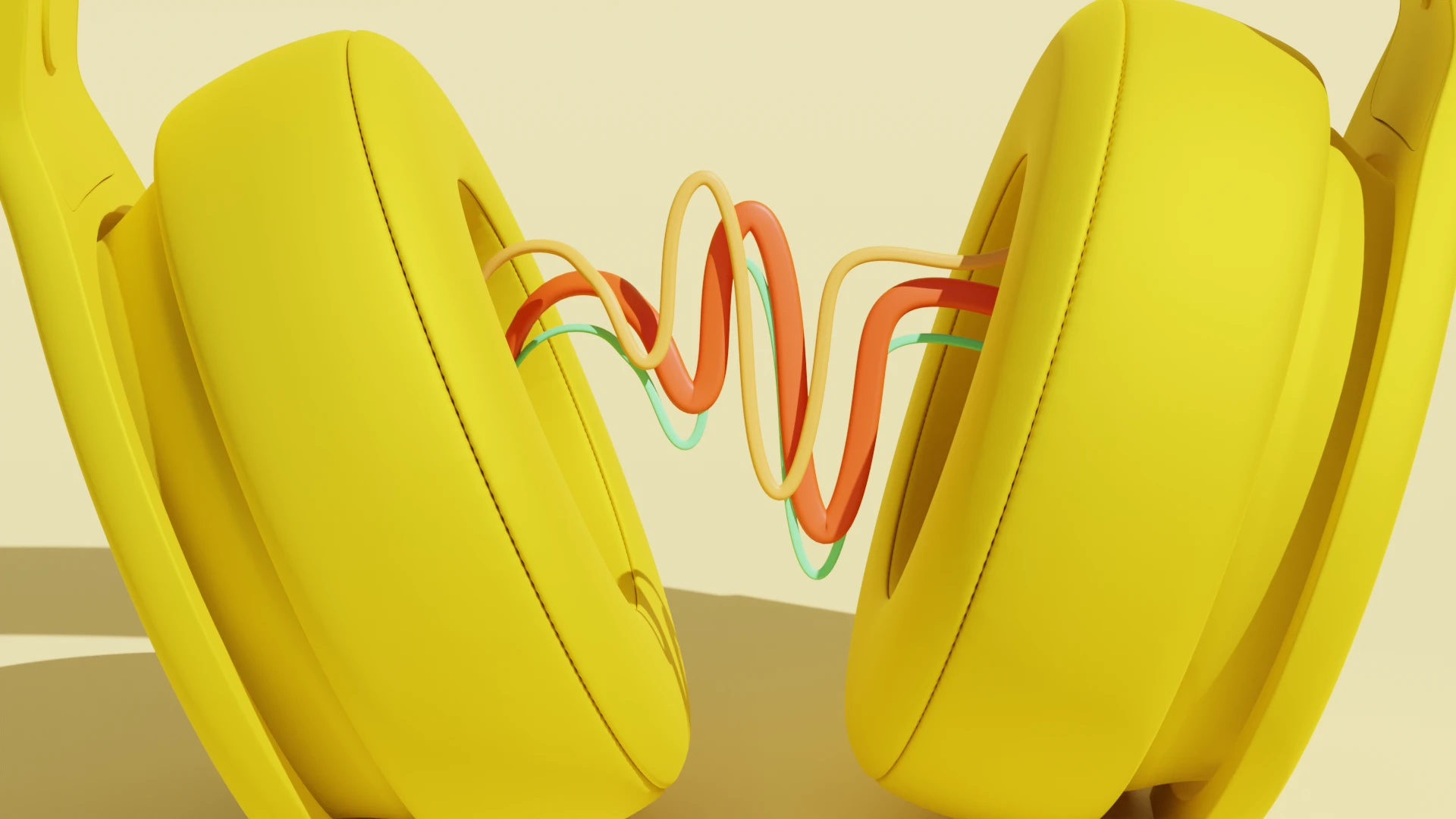If you’re brand new to the video production game, you really don’t need much to get started: a beginner can do a good job with just a smartphone and a decently lit room.
But as you learn the ropes and your YouTube channel or video podcast starts to find an audience, you’ll want to start thinking about upgrading your gear.
The good news: video recording equipment doesn’t require the big bucks that it used to — there’s gear out there for all uses, skill levels, and budgets.
What video equipment do you need to produce content?
- Camera
- Microphone
- Lighting
- Tripod
- Headphones
- Gimbal or stabilizer
- Boom pole
- Digital audio recorder
- Multiple memory cards
- Capture card
If you want your videos to look and sound professional, you need a few essential pieces of production gear, which you can borrow, rent, or buy. If you’re looking for a ready-made starter kit, retailers like Movo curate equipment bundles for beginner videographers. The rest is mostly inessential but nice to have — though some of it is necessary in certain situations. We’ll start with the must-haves:
Must-have video production equipment
1. camera
As you might expect, your video camcorder is the heart of your video production rig. Again, starting with your phone is a perfectly acceptable and smart way to go.
An iPhone, for instance, offers 4K recording and multiple creative controls, such as a depth of field effect, when using Cinematic mode.
When you’re ready to upgrade, a modern mirrorless camera is a relatively affordable option, without splashing the cash on DSLR cameras. Mirrorless is an all-in-one option as it doubles as a still-image camera.
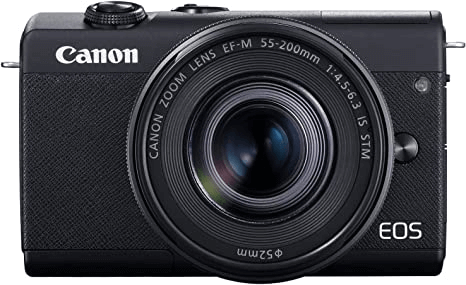
Best camera options:
- Canon EOS M200 EF-M
- Sony Alpha ZV-E10
- Sony CX 405 Handycam
- Panasonic Lumix GH6
If you're a videographer capturing more adventurous footage, you’ll want an action camera like a GoPro. It’s waterproof and provides better image stabilization than an iPhone.
Read more:
- Best vlogging cameras to capture your essence
- What camera do YouTubers use? 4 successful channels and their 10 camera setups
2. microphone
In a video podcast setup, your sound is the most important thing. The best mic for video is a shotgun mic, which offers highly directional sound — that is, it picks up sound mainly in the direction it’s pointed. It captures better sound than a lavalier microphone that you clip to your body.
The Rode NTG4+ Shotgun Condenser Microphone is a great option, but because it’s a condenser mic, it needs a power source to work. Luckily, it comes with a built-in rechargeable lithium-ion battery.
You might also consider the Sennheiser MKE 600, a small-diaphragm shotgun condenser from an iconic microphone brand. Listen to demos of each mic to decide which better suits your taste. Both models go for about $400.

3. lighting
The simplest way to light a shot is to shoot in daylight and use a reflector screen to bounce natural light onto your subjects. But in most other cases, you need lights.
Consider a three-point lighting kit, which usually features three units; a key light, a fill light, and a backlight. A good kit comes with diffusers to subdue the intensity, and barn doors to partially or wholly cover the lights or direct their glow.
These lights need stands and can be positioned anywhere on your set. Most affordable three-point kits use LED bulbs, making them power efficient and lightweight. GVM makes a kit with three 800D-RGB LED lights.

4. tripod
Whether you’re shooting on a phone or a camera, you need a tripod to hold it, keep it stable, and allow you to position it easily. Unless your production is on the go, it’s unlikely you would need a speciality stabilizer.
If you’re using a smartphone to capture video, something small and agile is fine if you’re not clipping it onto your computer screen. If you have a dedicated camera, ensure the tripod can support the weight of the equipment.
5. headphones
Whether you’re monitoring a shoot in real-time or listening back to what you’ve already recorded, you’ll need a good pair of headphones.
Sony’s MDR-7506 headphones are a wired, closed-back set ideal for shooting video. They’re known for their neutral soundstage — no artificially boosted frequencies — and their reasonable price tag, around $100 per pair.
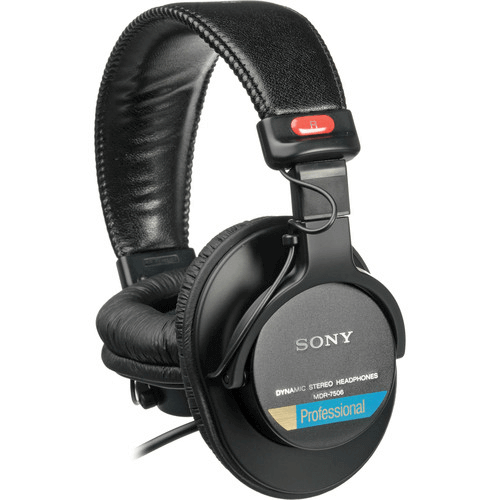
Nice-to-have video production equipment
6. gimbal or stabilizer
If you plan to shoot on the move, you need a gimbal or another device to steady your camera and keep it from shaking or jittering. Some higher-end cameras or camcorders come with built-in image stabilization and slow-motion capture, but a physical gimbal generally provides smoother, more reliable footage. You can mount a camera on a gimbal to keep it balanced.
For a more ambitious project, you can get a name-brand Steadicam system that attaches to the camera operator’s body. Typically you would hire a Steadicam operator (who provides their own gear) for a daily fee.
As a more affordable option, you can opt for a handheld gimbal like the DJI RS 2 or the Moza Air 2, which can support up to nine pounds, more than most high quality video cameras.
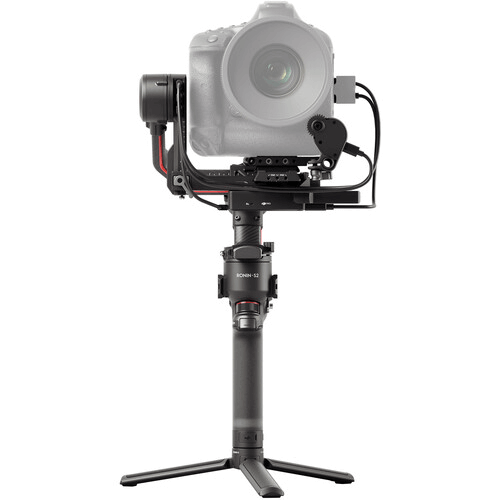
7. boom pole
To get the mic close to your subjects — or you, if you’re a one-person operation — you can mount your mic onto a boom pole, also known as a boom arm.
The Rode Boompole is a good choice for this purpose. You can also mount your microphone to your camera, though it won’t be close to your subject, and will produce noisier, lower-quality audio.

8. digital audio recorder
For truly professional sound, you’ll want to record an audio track separately from your video. That’s where a digital audio recorder comes in. Most of today’s models are compact and handheld.
The Zoom H5 and H6 units are industry leaders. You need XLR cables to connect your mics, though these Zoom models also have built-in stereo mics, meaning you can record directly from the device.

9. multiple memory cards
Your digital video files go onto your camera’s memory card, and your sound files go to your audio recorder’s memory card. You then transfer the contents of the memory cards to your computer for video editing.
Your camera probably already has a memory card, but as you record more footage, you may want to add to and upgrade your collection.
Most modern video equipment uses standard SD cards. At the very least, you want a 64-gigabyte memory card. But the more memory, the better. If you’re shooting long videos or high-resolution 4K footage, go for a 128GB card or more.
Learn more: How to transcribe a video to text
10. capture card
This is important mostly for live-streaming. To route a camera feed through your computer, you don’t use a memory card, but a different device called a capture card. The Elgato Camlink 4K is an excellent option for live-streaming in 4K resolution. It has an HDMI input and a USB output.
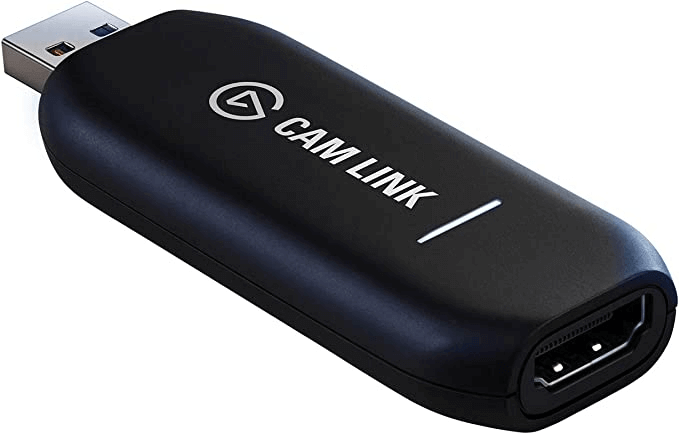
Learn more: Best tips to improve the quality of a recording
Video equipment FAQ
What equipment do I need to create a video?
To create a video, you need a camera (like a DSLR, mirrorless, or a camcorder) to capture the footage, a tripod for stability, lighting equipment for proper illumination, a microphone for clear audio, and editing software to assemble and finalize your footage.
What is video equipment?
Video equipment refers to the various tools and devices used in the process of capturing, editing, and displaying moving visuals. This can include cameras, tripods, video lighting setups, microphones, adapters, and other things.
Is there a difference between video equipment and film equipment?
The main difference between video equipment and film equipment lies in the format of the media they produce. Video equipment is designed for digital formats, while film equipment is designed for traditional film stock.
What is a videographer's job?
A videographer's job involves capturing video for all sorts of things — events, commercials, corporate training, you name it. They don’t just show up and hit record; they coordinate with creative or marketing teams, plan each shot, handle the actual filming, then manage post-production (editing, color correction, audio sweetening). Sometimes they’re asked to turn projects around at breakneck speed, so flexibility and a love of problem-solving come with the territory.
Which device is best for recording videos?
Most people start with their phone, and that’s a fine choice—especially newer phones that shoot in HD or 4K. If you want more control or better low‑light performance, a dedicated camcorder or mirrorless camera may be a better option. The best device ultimately depends on your budget and creative needs.
What video equipment do YouTubers use?
Many YouTubers use a mirrorless camera or a smartphone with good image quality and a microphone for clear audio. They often add lights—like softbox kits or ring lights—and a stable tripod or gimbal. As channels grow, creators invest in higher-end cameras, upgraded microphones, and multiple lighting angles.





























